
Thoroughly Thursday is a weekly post where I type a couple of paragraphs that contain spelling and/or grammatical errors, and your job is to find them. The same post is repeated at the end of Fun Friday's Spelling Challenge, with the errors corrected and highlighted in red.
Also, please keep the errors you find to yourself, rather than list them here within the post...we don't want to "help" anyone else inadvertently!
Over the next couple of weeks, I'll be using exerpts from History.com on the origins of Halloween for the Thoroughly Thursday challenge. Today we'll look at its original origins and Halloween coming to America, and next week we'll look at traditions and why we have them. Halloween's origins date back to the ancient Celtic festival of Samhain (pronounced sow-in). This week's feature contains 13 errors. Good Luck!
The Celts, who lived 2,000 years ago in the area that is now Ireland, the United Kingdom, and nothern France, celebrated their new year on November 1. This day marked the end of summer and the harvest and the beginning of the dark, cold winter, a time of year that was often associated with human death. Celts beleived that on the night before the new year, the boundry between the worlds of the living and the dead became blurred. On the night of October 31, they celebrated Samhain, when it was believed that the ghosts of the dead returned to earth. In addition to causing trouble and damaging crops, Celts thought that the prescence of the otherworldly spirits made it easier for the Druids, or Celtic preists, to make predictions about the future. For a people entirely dependant on the volitile natural world, these prophesies were an important source of comfort and direction during the long, dark winter.
Over the years traditions changed, and in America, people began to dress up in costumes and go house to house asking for food or money, a practice that eventually became today's "trick-or-treat" tradition. In the late 1800s, there was a move in America to mold Halloween into a holiday more about community and neighborly get-togethers, than about ghosts, pranks, and witchcraft. Because of their efforts, Halloween lost most of its superstitous and religous overtones by the beginning of the twentieth century.
Between 1920 and 1950, the centuries-old practice of trick-or-treating was revived. Trick-or-treating was a relatavily inexpensive way for an entire communty to share the Halloween celebration. In theory, families could also prevent tricks being played on them by providing the neighborhood children with small treats. A new American tradition was born, and it has continued to grow. Today, Americans spend an estimated $6.9 billion anually on Halloween, making it the country's second largest commercial holiday.
Be sure to check back tommorrow to see how you did!



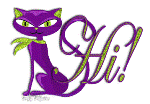













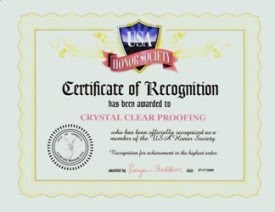




















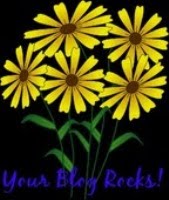






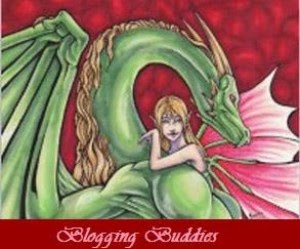











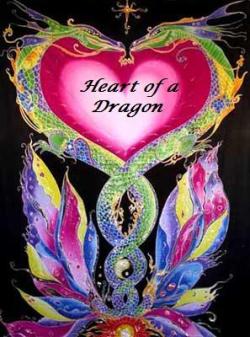


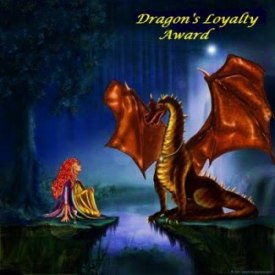





Is there a winner this time?
ReplyDeleteWoo-hoo I found them all. And I love the the excerpt you used. Halloween is my favorite holiday.
ReplyDeleteLove these! OK, found my 13 and will wait with bated breath to see if I'm all that tomorrow. (wink)
ReplyDeleteThe Old Silly
I think I've got them all. I shan't celebrate until tomorrow. What interesting information; thanks!
ReplyDeleteElspeth
You all are becoming masters at being thorough, I'm sure you've all found every error!
ReplyDeleteSee you tomorrow for Fun Friday's Spelling Challenge with the corrected errors!